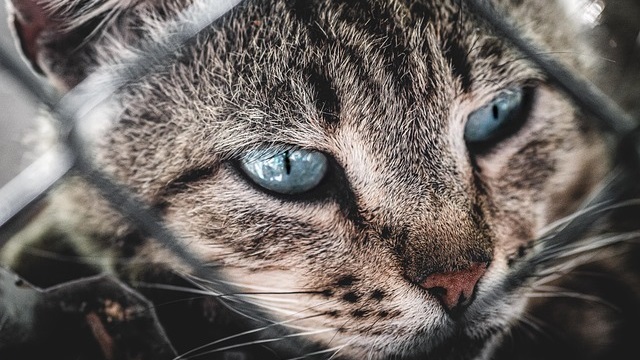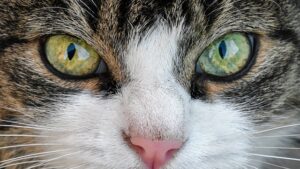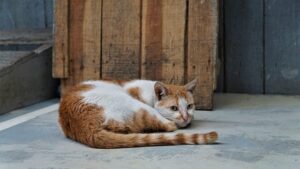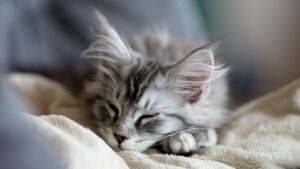Why Is My Cat Crying Tears? Eye Discharge Explained (Vet Verified)
Why is my cat crying tears? When you see that tiny glimmer rolling down their furry cheek, you might get all sentimental, but your cat sure isn’t. Sure, they are emotional creatures, but cats don’t actually cry from sadness. When you see those watery eyes, it’s usually their body waving a little health flag. Sometimes it’s harmless. Other times, it’s not. Let’s untangle what those tears are really trying to tell you.
Key takeaways:
- Cats don’t cry from emotions.
- One-sided tearing often points to physical issues with that eye only
- Brown or thick discharge from the eyes is a red flag for infection.
- A vet should always check persistent tearing.
- Maven Pet’s pet health monitor helps catch problems before they escalate.
Why Is My Cat Crying Tears?
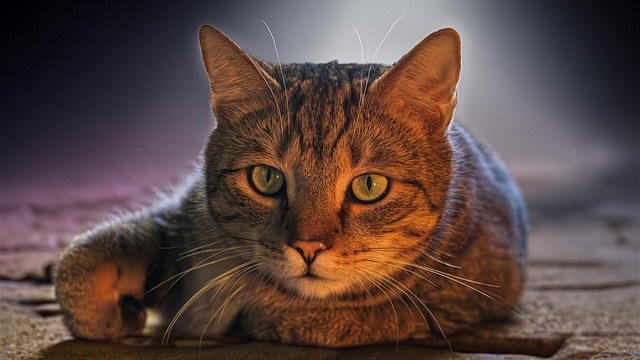
Do cats cry tears? Yes, they do. However, it’s not because they miss you or anything. The usual reasons for cats crying are:
- Irritation
- Allergies
- Blocked tear ducts
- Infections
- Ilness
A single tear isn’t cause for panic, but constant watering, redness, or discharge means it’s time to get a vet’s opinion.
Why Is My Cat Crying Tears Out of One Eye?
When tearing happens in just one eye, it’s usually a sign of a localized issue that affects only that single duct. Some of the more common reasons are:
- Conjunctivitis
- Blocked tear ducts
- Foreign objects
- Corneal scratches or ulcers
- The start of an infection
If the tearing lasts more than a day or is accompanied by redness, squinting, or discharge, your cat needs a vet check. One-sided tearing can be minor, but it’s also a classic early warning sign of conjunctivitis or injury.
Why Is My Cat Always Crying Tears?
The “constant” tearing of the cat’s eye is called epiphora, and it’s usually a sign that there’s ongoing irritation or poor tear drainage. It doesn’t have anything to do with emotions. The usual culprits are chronic conjunctivitis (often from feline herpesvirus-1), blocked or narrow tear ducts, or eyelid/eyelash problems.
The vet will usually perform a complete eye examination to check for inflamed tissue around the eye or any other issues. Additional tests, such as the Schirmer tear test, can be made to measure the tear production and look for corneal ulcers.
“Every time Umi is hospitalized, it’s for like four days and it costs over $5,000… Maven has helped me not only save money but also save his life”
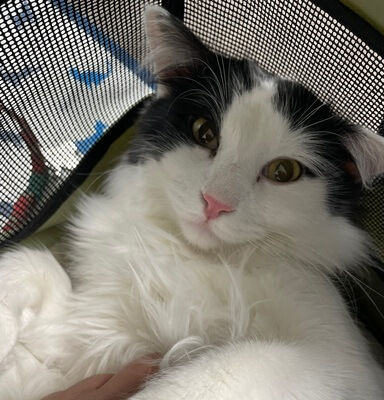
★★★★★
Jessica Ortiz
Umi
Why Is My Cat Crying Brown Tears?
When your cat’s tears look brown, it’s a sign of discharge, so what you’ll see is pus, pigments, or debris. This happens when the eye is fighting an infection or dealing with chronic irritation. When the mucus is clear, it’s usually an indicator of a viral infection, whereas brown mucus suggests a bacterial one.
No matter the contents of the tears, it’s always good to call a vet immediately so that they can run tests and give your cat some antibiotic eyedrops and other remedies.
Why Is My Cat Crying Tears While Eating?
If your cat starts tearing up while eating, the most common reason is pressure on the tear ducts or irritation in the nose and nasal passages. Other reasons include, but are not limited to, dental problems, sinus inflammation, or upper respiratory infections. Of course, occasional watering during eating is not a reason to get alarmed, but if the condition persists, then you need to react.
Common Causes: Allergies, Infections, Blocked Ducts, Eye Disease
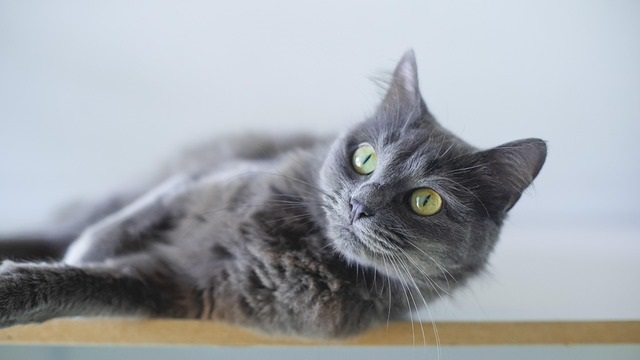
Most of the time, we can trace watery eyes to a handful of usual suspects:
- Allergies: Dust, pollen, cleaning products, or perfumes can irritate the eyes and trigger watery tears.
- Infections: Viral or bacterial infections, like feline herpesvirus, can inflame the eyes and lead to continuous tearing.
- Blocked tear ducts: If the ducts can’t drain properly, the tears simply spill out down the face.
- Eye disease or injury: Conditions like conjunctivitis, corneal ulcers, or glaucoma can cause excess tear production or discharge.
A single tear now and then is no big deal, but persistent tearing, especially if it’s thick, colored, or paired with other symptoms, is a clear sign your cat’s eyes need a vet’s attention.
When to See a Vet
A few stray tears are not a sign of trouble, but sometimes, those lines get crossed easily. The eyes are sensitive, so consider getting your vet involved when you start noticing the following accompanying symptoms:
- Persistent or heavy tearing
- Thick and colored discharge from the eye
- Redness or swelling
- Squinting or pawing at the eye
- Lethargy
- Appetite loss
A quick vet visit can catch something small before it turns into something painful and, potentially, vision-threatening.
“Cats don’t shed emotional tears like humans do. If you notice watery or discolored discharge, it’s a sign something is irritating your cat’s eyes — and a vet visit is often the best next step.” – Carolina Domingues, DVM, Veterinarian at Maven Pet
How the Maven Pet Health Monitor Helps Track Health and Comfort
When it comes to spotting subtle health changes like an increase in tearing, a pet health tracker is an ally, especially when it’s packed with features like Maven Pet’s cat health tracker.
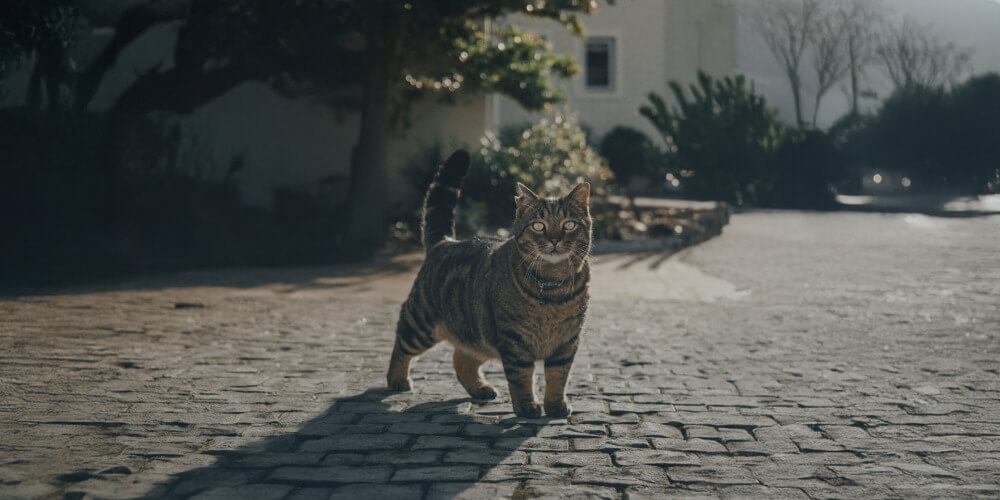
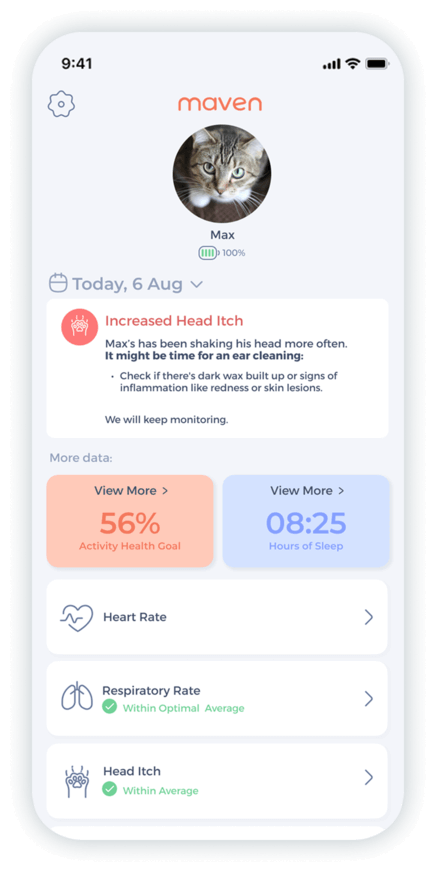
Monitor heart rate, respiratory rate, activity & rest, itch behavior.
This smart sensor tracks activity and rest, respiratory rate, scratching, water intake, and behaviour patterns around the clock. Those data points can reveal underlying issues before they’re visible to the naked eye.
Eye discharge is often just one piece of a bigger puzzle. Suppose tearing is linked to allergies, respiratory problems, or general discomfort. In that case, Maven can help flag subtle changes by tracking and identifying things such as increased rest, more scratching, or shifts in daily rhythms, all of which can be valuable data for early detection.
Conclusion
Watery eyes are not a sign of endearment. Your cat doesn’t express emotions like that. This occurrence can actually express signs of underlying health issues. From simple irritants to infections and blocked tear ducts, those tears can speak volumes. Spotting patterns early and acting fast can keep your cat comfortable and healthy, and that’s where a pet health app can be most useful.
Maven Pet focuses on improving the quality of life of our pets with technology, using artificial intelligence (AI) to enable proactive pet care. By accurately collecting and monitoring pet data 24/7 and flagging any irregularities, Maven Pet empowers pet parents and veterinarians to stay ahead of potential health issues, ensuring the well-being and longevity of our beloved companions.

